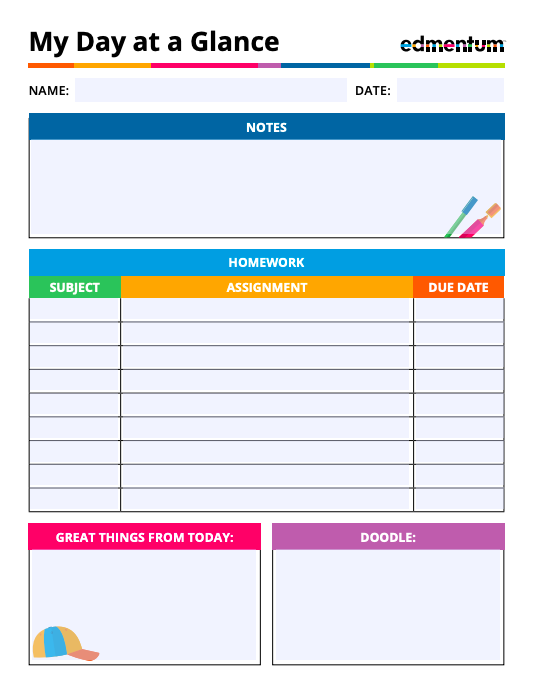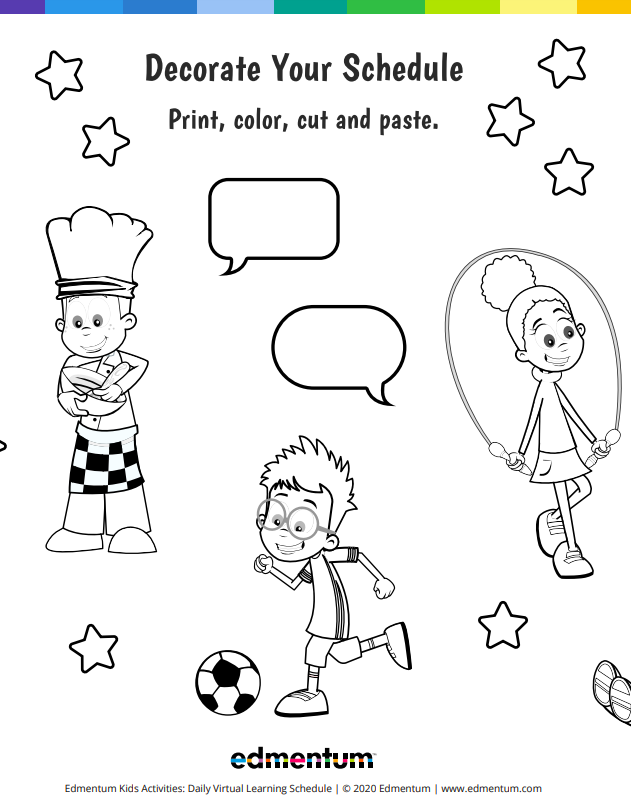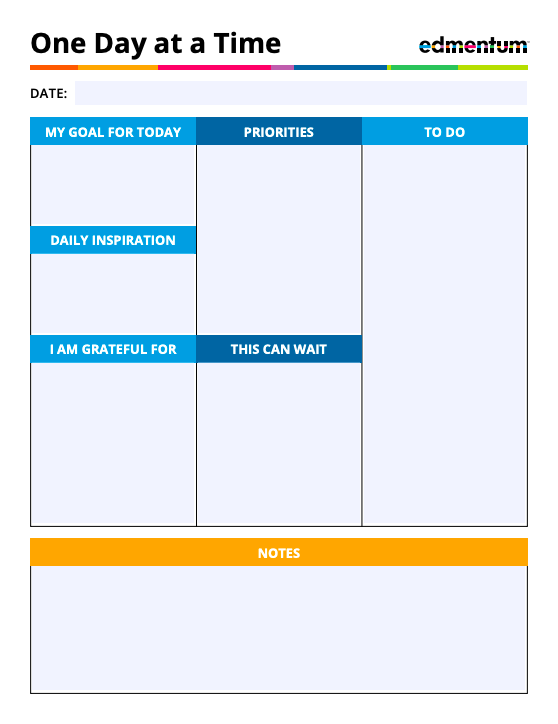Overcoming the Mid-Year Slump
As you await the long hours of winter to pass into spring there comes a point where students (and teachers alike) get caught up in a lull. School work, routine and the day-to-day activities start to feel like they’re slowing down to a creep. The mid-year slump can come around this time of year and motivation levels can hit an all time low. So what can we do to break through and get back on our feet? Go on a beach vacation? Perhaps a little break could work, but unfortunately it’s not practical or advised to just leave while school is still in session.
So what can you do? You may be surprised how simple it can be to help your students shake off the mid-year blues. We’ve compiled 3 effective ways to help your students break through the mid-year slump in this article. And yes, to stay motivated up until spring break and beyond.
Here are 3 simple ways to break through the mid-year slump.
Follow a daily schedule.
Students’ daily class schedules are typically structured around a clockwork-like routine. By now, they’ve been in school for well over half the school year and know what to expect in their day, what subjects and units they’ll be covering (generally) and when.
This is where organization and planning comes in clutch. Teachers usually provide a calendar and syllabus for parents and students to see which subject units are coming up, what tests/quizzes to look out for, and projects they’ll have down the road. Older students in middle school and high school may be able to plan on their own, but parents of elementary students will likely need to help their children establish a routine for planning out their daily schedule to stay on track with their school work. Most schools provide planners for students to jot down important dates and homework assignments. If your child doesn’t have one or is having difficulty staying organized on their own, here are a few printable daily planners you can download to help keep your student organized. There’s even a planner customized for each school level: elementary, middle school, and high school.
Having an organized schedule helps students have a clear outlook on what assignments need to be completed, what to expect for the future, and how to thoughtfully plan out their time each day to complete their tasks. Writing down everything gives them a visual to refer to in case they forget, and helps to keep them focused. A lot of motivation issues in school begin with a lack of focus and knowing what’s expected of them. Sometimes students can have an “out of sight, out of mind” mindset in which they start to forget and lose sight of their goals.
Goals are important to keep students focused on their studies. SMART goals are even better at helping kids to keep to the goals they set out to accomplish. You can read more about SMART goals in a previous post here.
Add a new activity.
Sometimes when feeling stuck, the best solution is to take a step back and refocus. Having a new activity, book, or experience can help create a feeling of refreshment from long school days.
The sky's the limit with this one. The key here is trying something new that is also fun for your child! This may mean signing up for an outdoor sports class or grabbing a new board game to play in the evenings after homework. It can also be a fun activity or reward you introduce while reviewing key concepts learned in school. Adapt to what works for your child and for you.
Pathway Christian’s Middle School teacher, Mrs. Lee, suggests to parents: “Don’t underestimate how much your child can learn and retain information while having fun! Try reviewing concepts with your child in a different way this week that makes them excited. Some examples include…
Rewriting lyrics to their favorite song
Drawing a picture of what they learned and presenting it to you
Adding silly movements to help memorize content
Writing a story using 3-5 vocabulary words
Creating a prize box that your child can choose from after passing a review game or completing work within a specified time frame
Going outside and doing work in a new environment
There is so much power in having fun while learning!”
As a mom of little ones, I’m constantly on my toes trying to come up with new ways to entertain my kids and keep them busy. Every once in a while I have these “aha” moments--instead of constantly racking my brain for new ideas, I remember that I can reuse old ideas that haven’t been introduced in a while. And you know what? It works like a charm every time. Whether it’s a brand new activity or an oldie that you’re bringing out of the woodworks, try to incorporate something that feels different.
Parent involvement.
If you’re a parent reading this right now, kudos to you! Each step we take as parents to be involved in our child’s education is a step towards their success. If we want to see our kids succeed and stay motivated in their learning experience, being available and providing a structure of support is one of the best things we can give them. And this is not just an opinion--in fact studies over the years show the impact that parent involvement has on student motivation and success.
According to the National PTA, “The most accurate predictors of student achievement in school are not family income or social status, but the extent to which the family creates a home environment that encourages learning, communicates high yet reasonable expectations for the child’s achievement, and becomes involved in the child’s education at school.” [1]
Additionally, we can see similar findings from a study in Chicago of 1,531 elementary students and their parents. The study focused on parent involvement and its effects on student motivation and achievement in school.
“Parents in our study were more likely to be involved when their children were doing well in school and when their children were motivated. This means that parents of students who are struggling in school need persistent encouragement to be involved. Because involvement has a positive effect on achievement and student motivation, parent involvement for low-achieving students has the greatest potential to impact multiple areas of this cascading pathways impacting student achievement.” [2]
We can see that as kids are slipping away and losing motivation in their studies it is crucial for parents to step in and fill the gap that’s been created. Parents can provide a source of support, guidance, and encouragement that can shift their child’s study habits and school outcomes.
So the next time you see that your child needs an extra boost in their studies, get involved! Introduce a fun new activity or bust out a calendar and get them organized. At the end of the day, as long as you’re paying attention to your child’s cues and making an effort to support their needs, you’re on the right track!
If you have motivation tips that worked with your children, share with us in the comments section!
Sources:
[1] National PTA. 2000. Building Successful Partnerships: A Guide for Developing Parent and [2] Family Involvement Programs. Bloomington, Indiana: National Education Service, 11–12.
Early Parent Involvement and School Achievement: A Longitudinal Path Analysis Momoko Hayakawa, Michelle M. Englund, Mallory Warner-Richter, and Arthur J. Reynolds University of Minnesota, Twin Cities
https://www.waterford.org/education/how-parent-involvment-leads-to-student-success/




